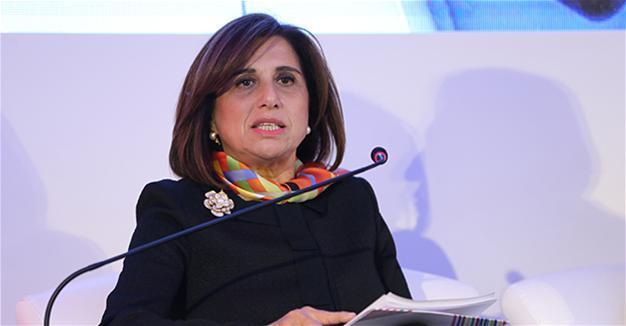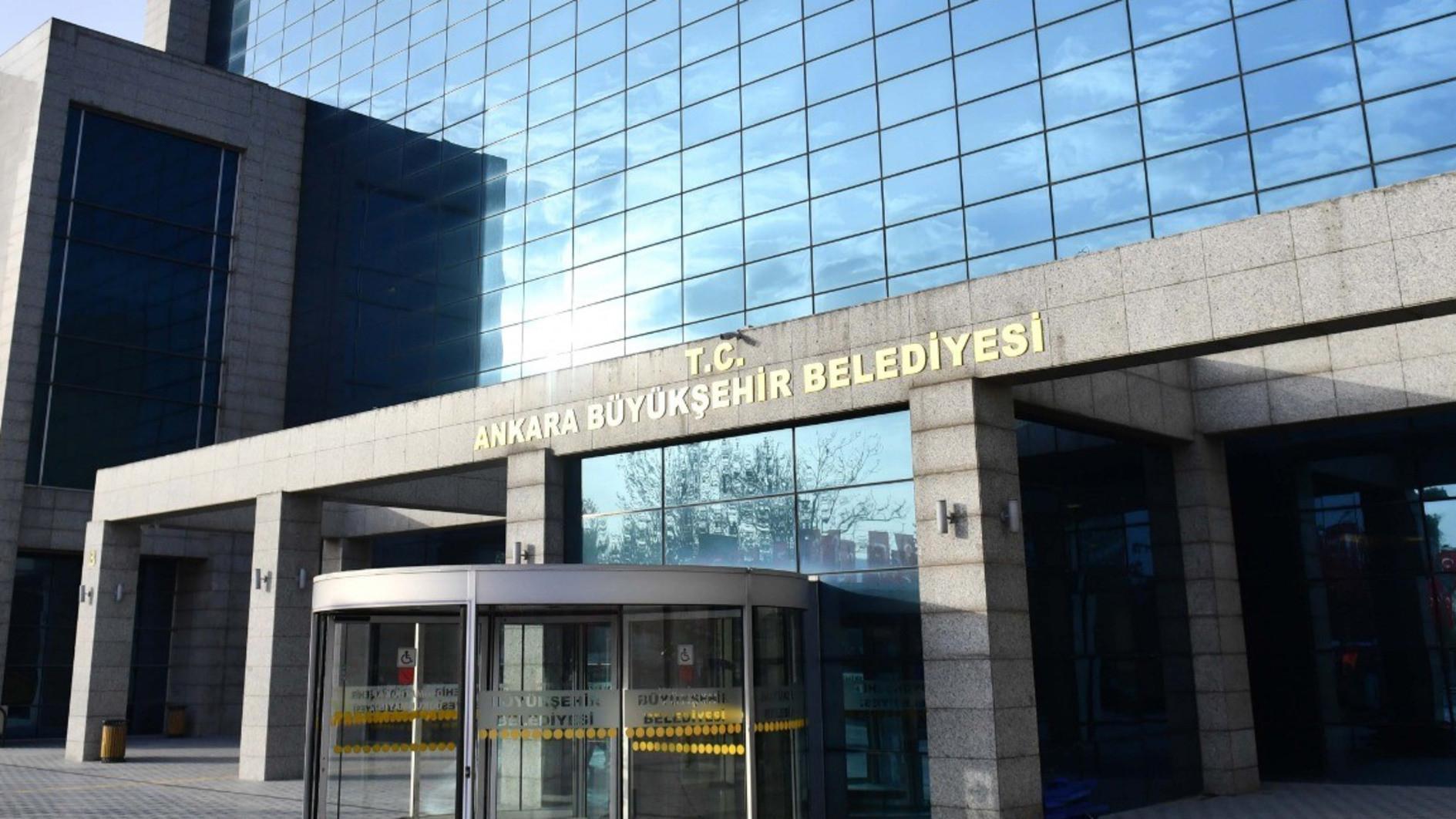Turkey’s GDP could soar 20 pct if women’s participation in labor force doubled: Study
ISTANBUL

AA photo
Turkey can increase its GDP 20 percent by 2025 if it can boost the average number of women in the labor force from 30 percent to the OECD average at 63 percent, according to a study by worldwide management consulting firm McKinsey & Company in cooperation with the Turkish Industry and Business Association (TÜSİAD).Announced at a meeting by McKinsey & Company partner Bengi Korkmaz on Dec. 22 in Istanbul, the Women Matter Turkey 2016 study noted that the participation of women in the business world and their ascension to leadership positions created a significant potential for social development, productivity and economic growth.
According to the World Economic Forum’s Global Gender Gap report, Turkey was 130th among 144 countries in 2016, while it also had the lowest ratio of women’s participation in the labor force among OECD countries.
However, the McKinsey study noted that increasing this ratio would effectively increase GDP as Turkey has an improvement potential above global levels.
The Women Matter Turkey study accordingly revealed that if Turkey increased women’s participation in the labor force from 30 percent to the OECD average 63 percent by powerful, stable and focused policies, it could increase its GDP by 20 percent by 2025, meaning that such a base scenario would put an additional $240 billion into the country’s estimated GDP.
The study also pointed that the diversity in leadership positions and increasing the number of women employees also improved corporate performance.
However, Turkey is only slightly below the international rates in terms of the representation of women in top companies across the country despite the otherwise low participation of women in the labor force.
The study also showed that women make up 41 percent of overall employees in Turkey’s top companies.
Speaking at the opening session of the announcement, TÜSİAD head Cansen Başaran-Symes said men’s focused approach on problems could be complemented with the more systematic perspective of women.
“Men always take quick decisions and they see it as a competence. However, the fact that women can evaluate a number of issues with a more integrated perspective and their attitude to take decisions, evaluating risks in every aspect, is a very significant ability in today’s world. That is why I [appreciate] women’s long-term perspective and risk-taking attitude a lot. In conclusion, the prosperity of companies lies in ensuring the equality of women and men,” Başaran-Symes said.
The country has powerful women in the labor force in banking and insurance companies with a 56 percent rate among overall employees. However, this rate decreases to 30 percent in even top companies when excluding the finance sector.
According to the study, the rate of women in the labor force decreases while ascending to top management.
While the rate in terms of the general representation of women is 41 percent, this rate decreases to 25 percent in top management and 15 percent at the CEO level.
Meanwhile, the ratio of women in the labor force at the top-management level is higher in Turkey compared to Asia, Latin America, the United States and Europe. Sixty percent of women leaders in top management are in human resources, corporate communication and law.
















